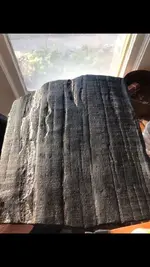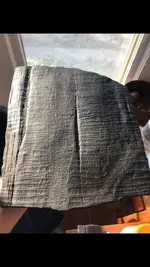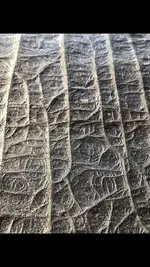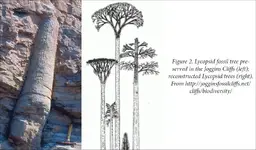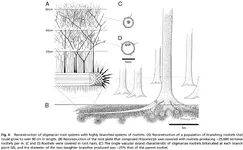Older The Better
Silver Member
- Joined
- Apr 24, 2017
- Messages
- 3,662
- Reaction score
- 7,534
- Golden Thread
- 0
- Location
- south east kansas
- Detector(s) used
- Whites Eagle Spectrum
- Primary Interest:
- All Treasure Hunting
- #1
Thread Owner
You guys did better than I had hoped on the last one, I’ve found many small pieces of this plant around in creeks, but I went down to a gravel bar and there were huge chunks lying around some larger than a dinner plate. I assume when they built the bridge upstream they blasted them loose. Rocks are Pennsylvanian age in se Kansas. The last pic from what I’ve found shows leaf scars. Does anybody recognize what plant this is?
